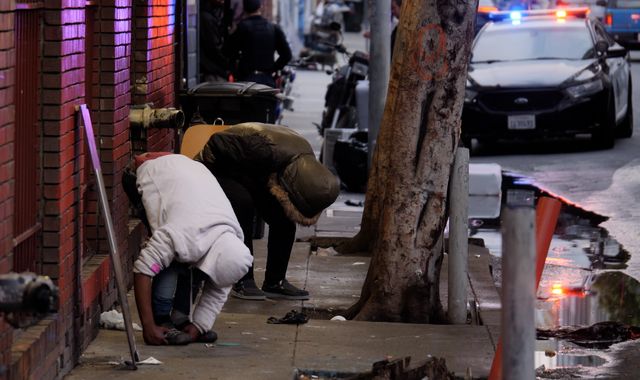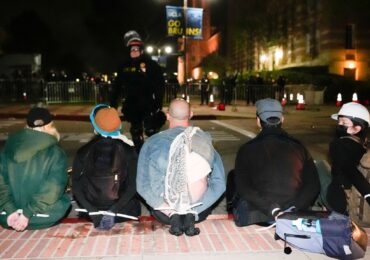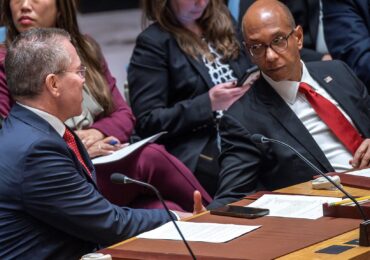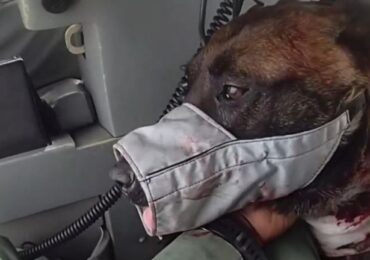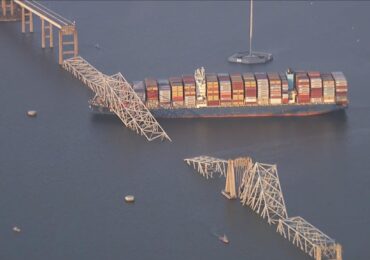Bodies are strewn on the doorstep of San Francisco’s main government building, contorted by the effects of fentanyl, a painkiller 100 times more potent than morphine.
We’re two streets away from the headquarters of Twitter, in a city district with more billionaires than anywhere on Earth, but this has become an open-air drug market.
Trevor Pearson has been addicted to opiates for 10 years, first heroin and now fentanyl. He wants everyone to know of the devastation.
“The fact that this isn’t a main issue, on TV every night, is insane to us,” he says.
“I’ve never seen anything like it. There are regular people, square Joes on their way to work and they’ll stop and hang out with me, try this drug for the first time, and then leave their life literally from that moment on, they’re just out here with us.”
“It’s a tragedy. There are these million dollar neighborhoods with people nodding out outside their front door. I can’t even imagine how that would feel to work your whole lives, be able to buy a home like that and then have it end up in that state.”
This is an all-encompassing tragedy. Drug-related deaths surged by 41% in San Francisco in the first three months of this year – with an average of one person dying of an accidental overdose here every 10 hours. The drug-ravaged Tenderloin district is worst affected.
“It’s classified as a disease now, medically,” Trevor says, “and the insurance companies consider it a disease”.
This week, California governor Gavin Newsom said he was sending in the National Guard as part of a crackdown on the trafficking of fentanyl.

